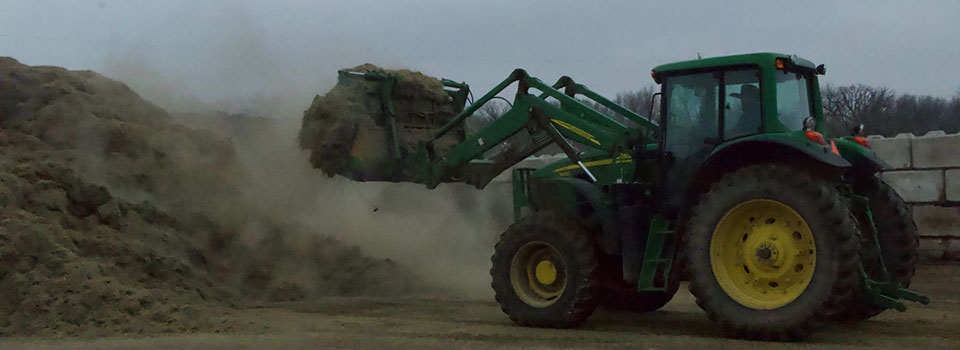In every business or industry, accidents happen. Sometimes those mishaps cost money only, but in many cases, it can mean serious injury or even death.
Tawnie Larson, a project consultant for the Kansas Agriculture Safety and Health program at Kansas State University, said the most common agriculture injuries are musculoskeletal due to falls, slips or trips; exposure to harmful substances or environments; over-exerting oneself; and sprains, strains and tears.
Larson said that in Kansas, fatalities are most common among those age 45 and older, and are usually related to machinery and transportation – including tractor rollovers, interacting with livestock, and confined spaces. Those younger are also impacted; In 2020, eight Kansas youth under age 16 died in agriculture-related accidents, and 141 agricultural workers between ages 20 and 44 died on the job.
The sobering statistics on agricultural accidents are part of the motivation for an upcoming survey of Kansas farmers and ranchers, to be administered by the Kansas Agriculture Safety and Health program.
“There hasn’t been an agriculture safety program for producers and the industry in Kansas for several years,” Larson said. “As we begin building a program, we want to find out the concerns of those that work in the industry.”
The survey is available online at https://www.k-state.edu/kash.
“The purpose of the survey is to hear from Kansans about what they want to see in ag safety and health programming, how they want to receive the information, and what type of work they do in Kansas agriculture,” Larson said.
Kansas agriculture producers make up approximately 60,000 operations and more than 45 million acres. The state’s farmers raise 6.2 million head of cattle, 2 million pigs among other livestock. The top crops grown include wheat, corn, soybeans, sorghum and hay. When an injury occurs on the farm, Larson said the median days away from work is 10 days.
“Health and safety differ between planting and harvest seasons; between types of livestock; and between row crop farmers and cattle ranchers,” Larson said. “We want to know what those perceptions are so we can offer the most useful and timely information in the methods that work best for them.”
According to Larson, information from the survey will be used to development programs offered through K-State Research and Extension, and to apply for future grants to support programs in the state. The survey should take about 10 minutes to complete, she said.
“We all want our work environments to be more healthier and safer, and this is one way that farmers and ranchers can help,” Larson said. “Farmers and ranchers typically don’t retire, so we want to make sure that they are able to continue to do what they love for as long as they would like.
More information is available by contacting Larson at 785-532-2976, or [email protected]. Information may also be available at local extension offices in Kansas.



